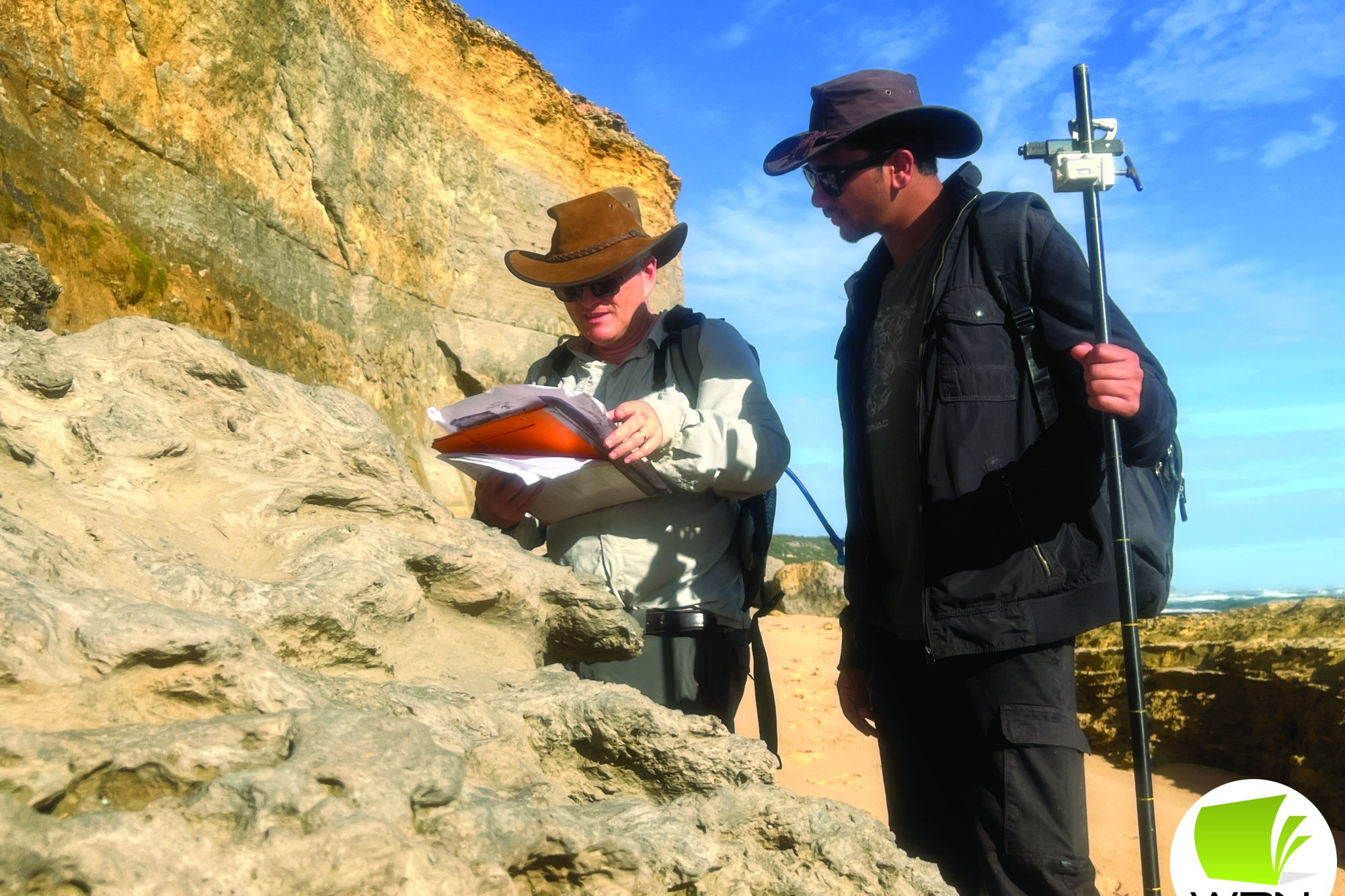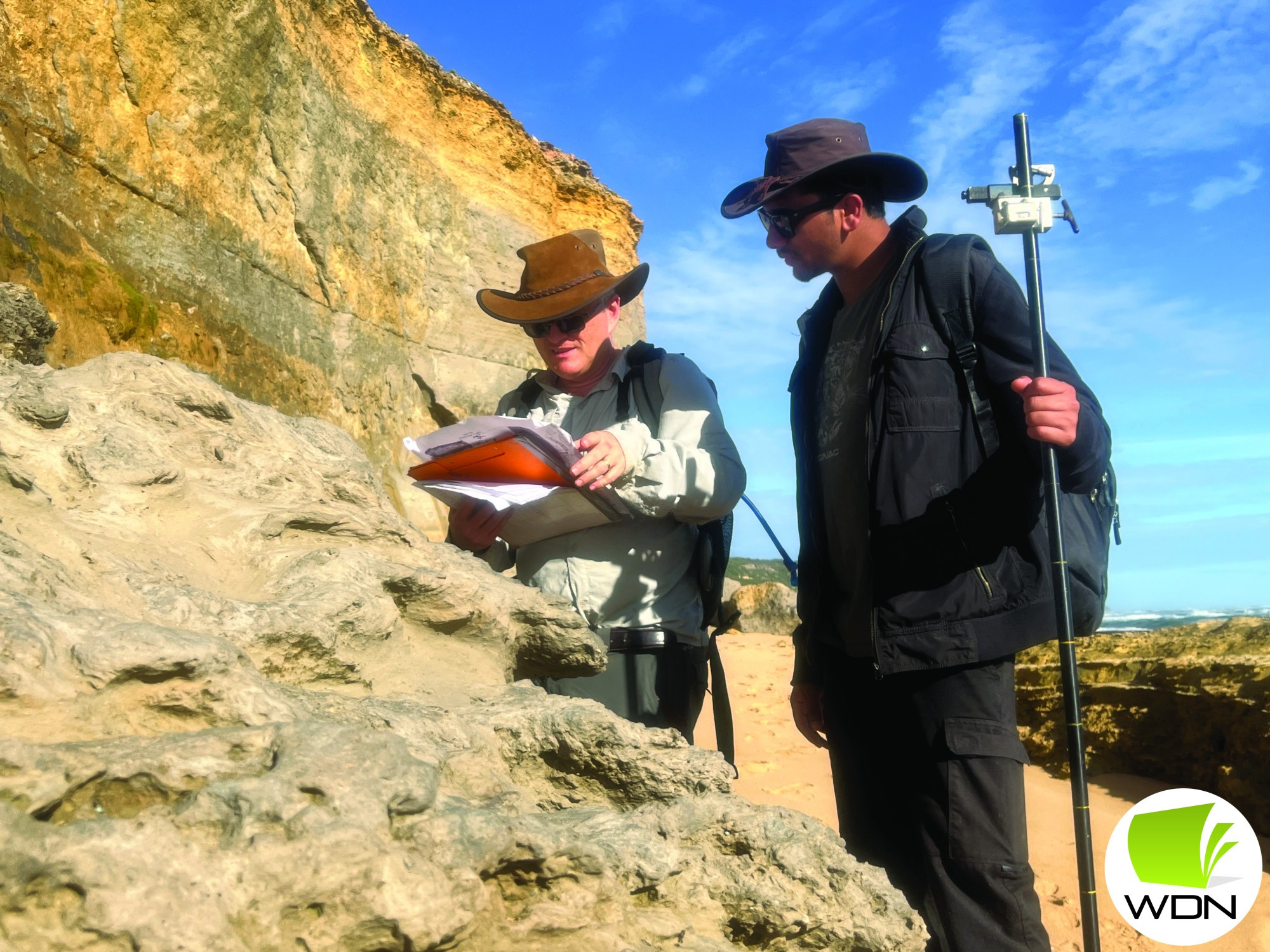General News
6 December, 2022
Seeing what lies beneath
WHILE the point of fascination for many is how many Apostles are left standing, Melbourne University Associate Professor Stephen Gallagher is on a mission to ensure visitors and residents better understand the wonder of what they are made of.

WHILE the point of fascination for many is how many Apostles are left standing, Melbourne University Associate Professor Stephen Gallagher is on a mission to ensure visitors and residents better understand the wonder of what they are made of.
“Millions of people visit the 12 Apostles every year,” Mr Gallagher said.
“These iconic sea stacks feature extensively in tourist media in Victoria and across Australia.
“Despite their famous profiles, minimal scientific research has been carried out on what actually makes the limestones of these stacks.
“Even less is known about the history of the layers in the stacks. Our research on the microscopic fossils and sediment of these layers will reveal a story of changing climate and sea level through a critical period in global climate history from 15 to eight million years ago for the first time.”
Professor Gallagher recently visited Port Campbell on a research trip with PhD student Rohit Soman.
During their visit they shared aspects of their work in a presentation and workshop at Port Campbell Art Space and again in an interview on ABC SW radio.
Residents were not the only beneficiaries of their visit with Port Campbell Visitor Information Centre and Timboon P-12 school both receiving donated microscopes, prepared microfossil slides and access to regionally relevant teaching materials from the Paleoclimate Group at the University of Melbourne’s School of Geography, Earth and Atmospheric Sciences.
Port Campbell Visitor Information Centre co-ordinator Mark Cuthell said he could not wait to show visitors a microscopic view of the tiny fossils and fossil fragments that make up every gram of every layer of our world famous coastline.
“Professor Gallagher and Mr Soman were incredibly generous with their time and committed to sharing their knowledge with the local community,” he said.
“They have generously provided us with the tools and knowledge to better interpret the unique and ancient geological story of Port Campbell National Park.”
The pair used equipment including a Jacob’s staff for tracking layers, a Gamma Ray Spectrometer for analysing rock composition and took small samples under permit from Parks Victoria for laboratory analysis.
Their work will build on research done in 1977 by now retired geologist Cliff Mallett.
“We were impressed by the level of interest in our research work in the local community and will look at other ways we can share our research and bring geoscience to the local community when we next return,” Mr Gallagher said.
